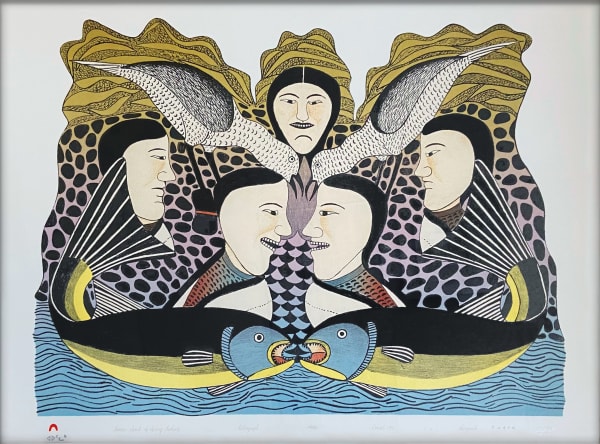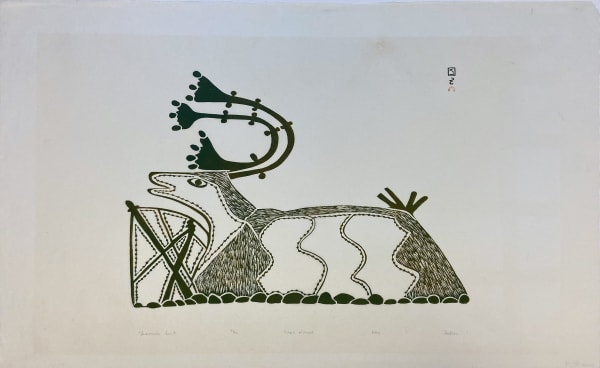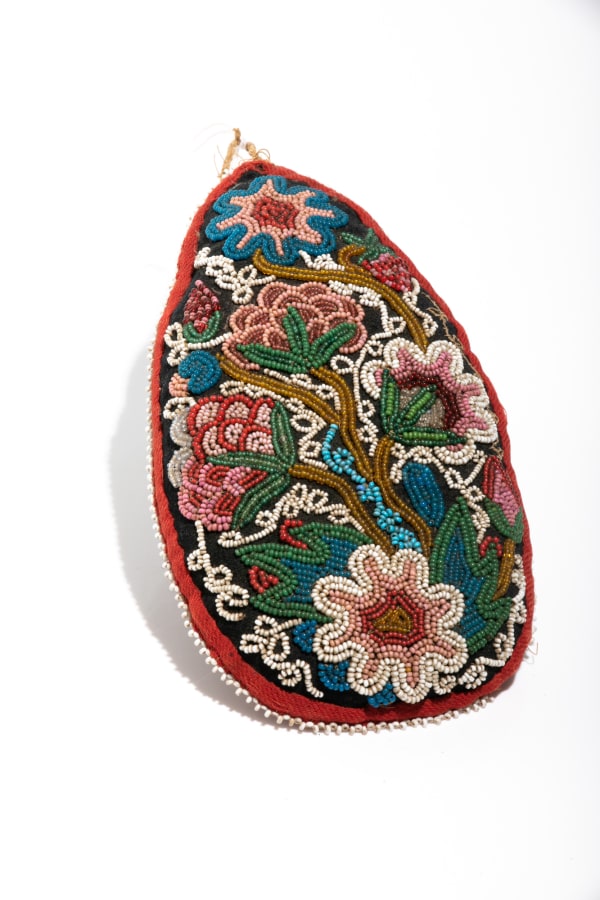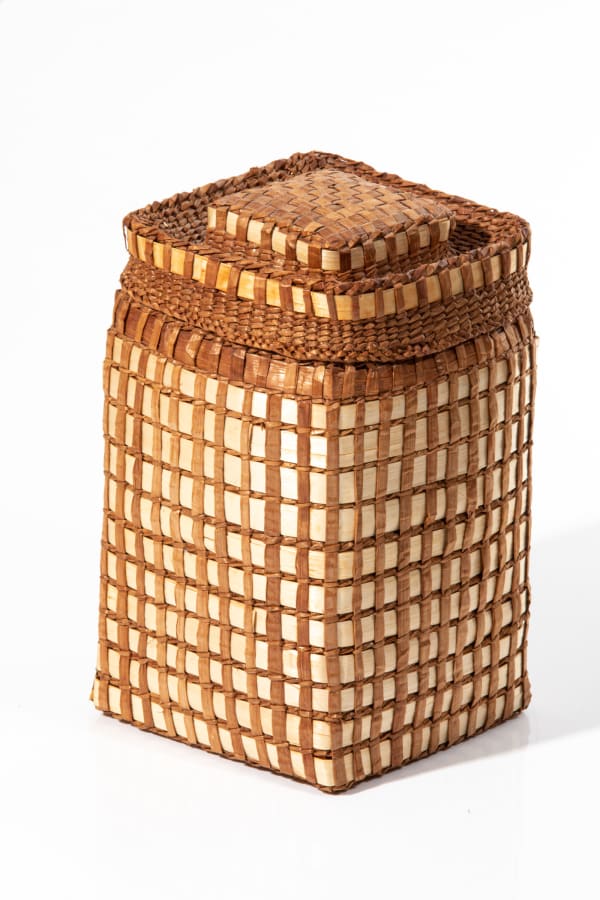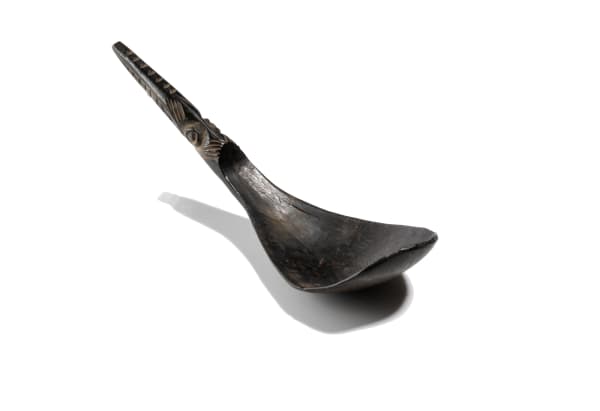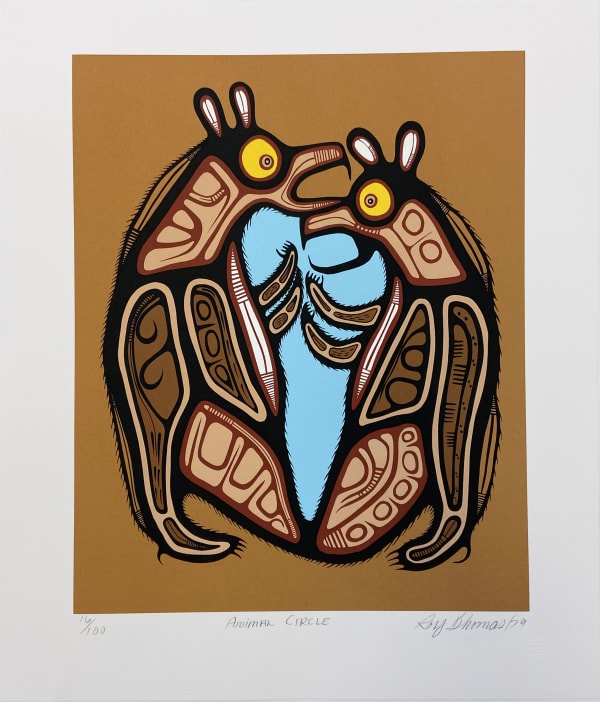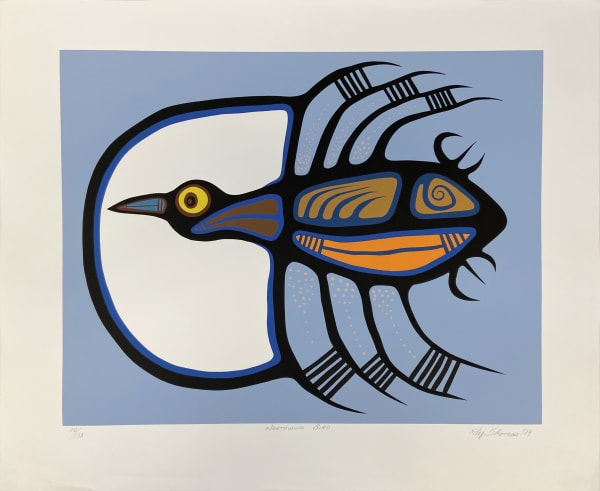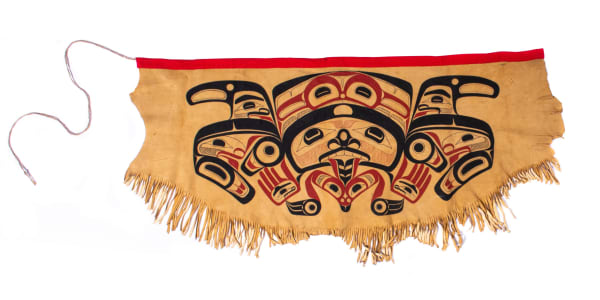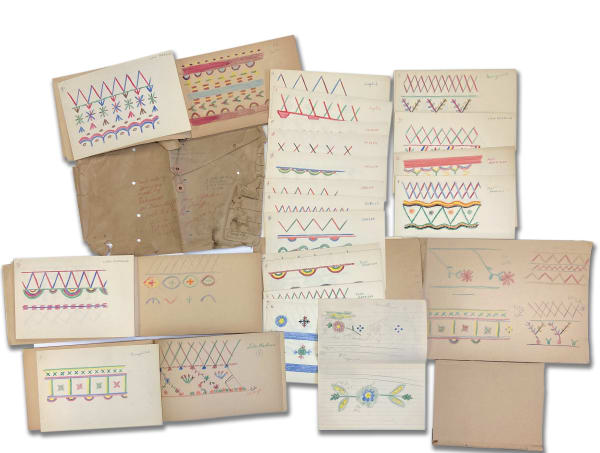August 18, 2020 at 10:30 AM ET - August 28, 2020 at 2:00 PM ET
FIRST ARTS IS PLEASED TO PRESENT OUR AUGUST 2020 ONLINE AUCTION OF INUIT AND FIRST NATIONS ART
We are proud to continue to present to our collectors works from the Collection of Dr. George and Mrs. Joanne MacDonald. Highlights from this collection include a magnificent Raven TransformationSisiutl Mask and other striking examples of contemporary Northwest Coast masks; three examples of catlinite pipes, and several other fine works from this important collection.
We are equally as proud to offer six impressive oils by the artist Sohaney. Aside from the intriguing, albeit opaque, personal background of the artist, the pictures themselves are outstanding works of art, which prompts us to challenge the obscurity in which the artist's work has, regrettably, languished since the early 1960s.
Prices Realized Include 20% Buyer's Premium .
-
WORKS
-
-
-
-
-
SOHANEY
A Rediscovered Talent
It is difficult to explain Sohaney’s obscurity. Early critical reception of the artist lauded the British Columbia based painter as a promising, up-and-coming artist. A 1951 publication of Smoke Signals heralded Sohaney as “... an artist rapidly making his way to the front. His forte is authentic Indian design as it should be and there is a tremendous impact in the primitive, barbaric color of his canvas."
Read ESSAY
-
-
-
-

LOT 37
ROBERT HOULE (1947-)
Cryptogram No. 2, 1981graphite on paper, 20 x 26 in (50.8 x 66 cm), framedsigned and dated, "R. Houle 81";titled to The Pollock Gallery Ltd. label.ESTIMATE: $500 — $800
Price realized: $1,560
Stylistically, Cryptogram No. 2 is somewhat reminiscent of the method of complex systems of crosshatched marks developed by the American artist, Jasper Johns. It also recalls the pierced canvases of Lucio Fontana's Tagli, or 'Cuts.' However, as its title suggests, Cryptogram No. 2 is meant to challenge the view to look closely in search of meaning.
In his illusionistic rendering of texture and richness, a swath of grisaille skin dominates the work. Methodically rendered folds of supple seeming grey appear with lines that are evocative of stitched seams dance across the composition. The visual allusion to stitched skin in the present work is, perhaps, a reference to a parfleche, a motif that intrigued Houle and informed some of his most important work at this time.
In 1978, Houle held his first solo show at The Pollock Gallery in Toronto. It was shortly after this point, in the spring of 1980, that Houle resigned from the National Museum of Man (Now the Canadian Museum of History). In an 1988 interview with Clara Hargittay, Houle explained his departure from the institution. Houle explained that on the day he handed in his resignation, he spent some time sketching the objects on display in the Victoria Memorial Building. Houle explained,"...when I was standing in that gallery surrounded by all those objects, presented in a context that isolated them from life and reality, all I could think of was that I wanted to liberate them. How do I do that? I am leaving. What can I do to breathe life into them, to show that they still matter? In desperation I sketched these lifeless objects, and decided that this would be my project for the next little while. Up until last year I concentrated on making parfleches and warrior staffs, trying to rehabilitate those objects I left behind [1]."1. Clara Hargittay, The Struggle Against Cultural Apartheid, Muse, Autumn 1988, p. 58 -
The George and Joanne MacDonald Collection
Dr. George F. MacDonald (1938-2020) studied anthropology at the University of Toronto and Yale, and began his illustrious career with the Canadian Museum of Civilization (then the National Museum of Man) in 1964, concentrating his research on the First Nations peoples of the Northwest Coast. He was appointed Museum Director of the CMC in 1983 (a position he held until 1998) and oversaw the construction of its famous new building (designed by Métis architect Douglas Cardinal) in Gatineau, Quebec in 1988. MacDonald’s goal was to develop a world-class museum that would be at once enlightening, educational, and entertaining. Controversial and fearless, he was influenced by Disney and the Epcot Center; he insisted on including an IMAX theatre, and in 1994 made the CMC one of first museums in the world to have its own website. The CMC’s Great Hall is one of the most splendid public spaces in Canada and has been the site of countless state dinners and other events. Now branded the Canadian Museum of History, the museum has consistently been the first or second most popular in Canada. Upon his retirement in 1998 MacDonald was appointed CEO of the Museum of Victoria in Melbourne, Australia (1998); Director of the Burke Museum, University of Washington in 2001; and finally Director of the Bill Reid Gallery of Northwest Coast Art in downtown Vancouver and the Bill Reid Centre at Simon Fraser University in 2006 (which now houses the George and Joanne MacDonald Research Collection).
MacDonald authored some 150 books and scholarly publications including the landmark Haida Monumental Art: Villages of the Queen Charlotte Islands (1983) and Haida Art (1996), taught and lectured widely, held research fellowships all over the world, and was a member of UNESCO’s Drafting Committee on the Protection of World Cultural and Natural Heritage. MacDonald was awarded the Order of Canada in 2006.
George married his childhood sweetheart Joanne Rice. Joanne MacDonald’s anthropology degree from U of T took her on expeditions to Tasmania, Madagascar, and Borneo. She became a researcher on many First Nations land claims including the Nisga’a claim in B.C. and the Inuvialuit claim in the Yukon, which were the first successful negotiations in modern times. Together George and Joanne raised two children, Christine and Grant, collected some 30,000 books and purchased art together as they travelled the world. Joanne passed away in 2018. The couple were both passionate about the art of B.C.’s first peoples and became close friends with many artists including Bill Reid and his wife Martine. George and Joanne MacDonald will be remembered as passionate supporters of Canadian and Indigenous arts and culture. First Arts is proud and honoured to present works from their collection.
-
-
-

Lot 51
UNIDENTIFIED ARTIST, KWAKWA̱KA̱ʼWAKWRaven Transformation / Sisiutl Mask
polychromed red cedar, cord, hide, metal pins, dimensions variable: 40 x 40 x 8.5 in (101.6 x 101.6 x 21.6 cm)
unsigned.
ESTIMATE: $2,000 — $3,000Price Realized: $1,920 -
-
-
-


















